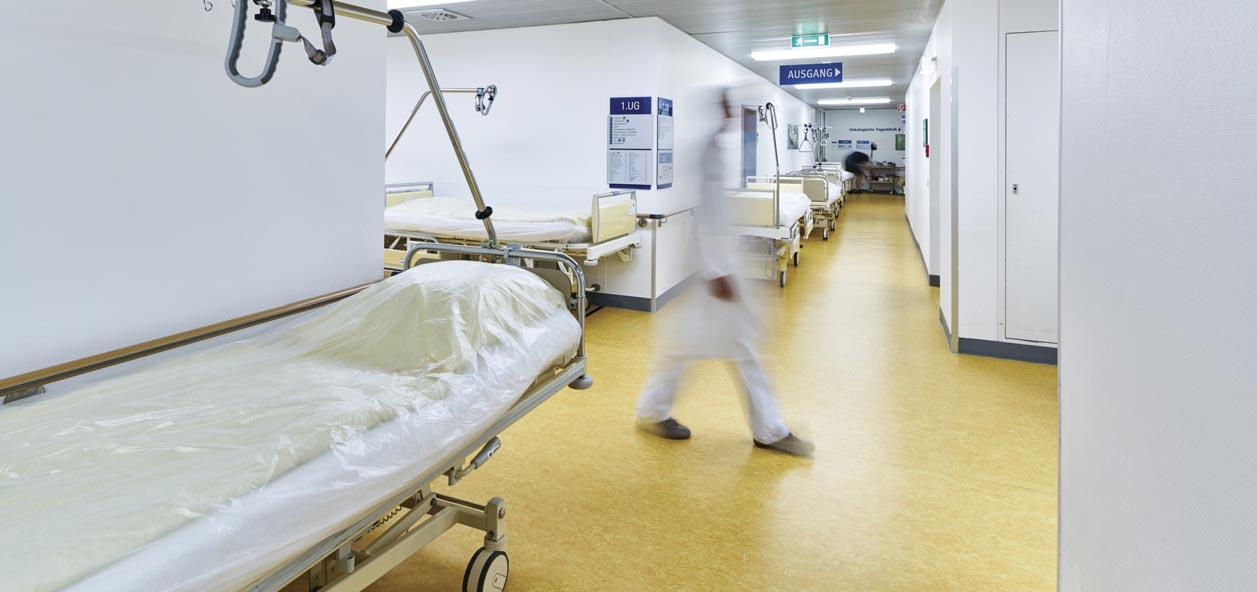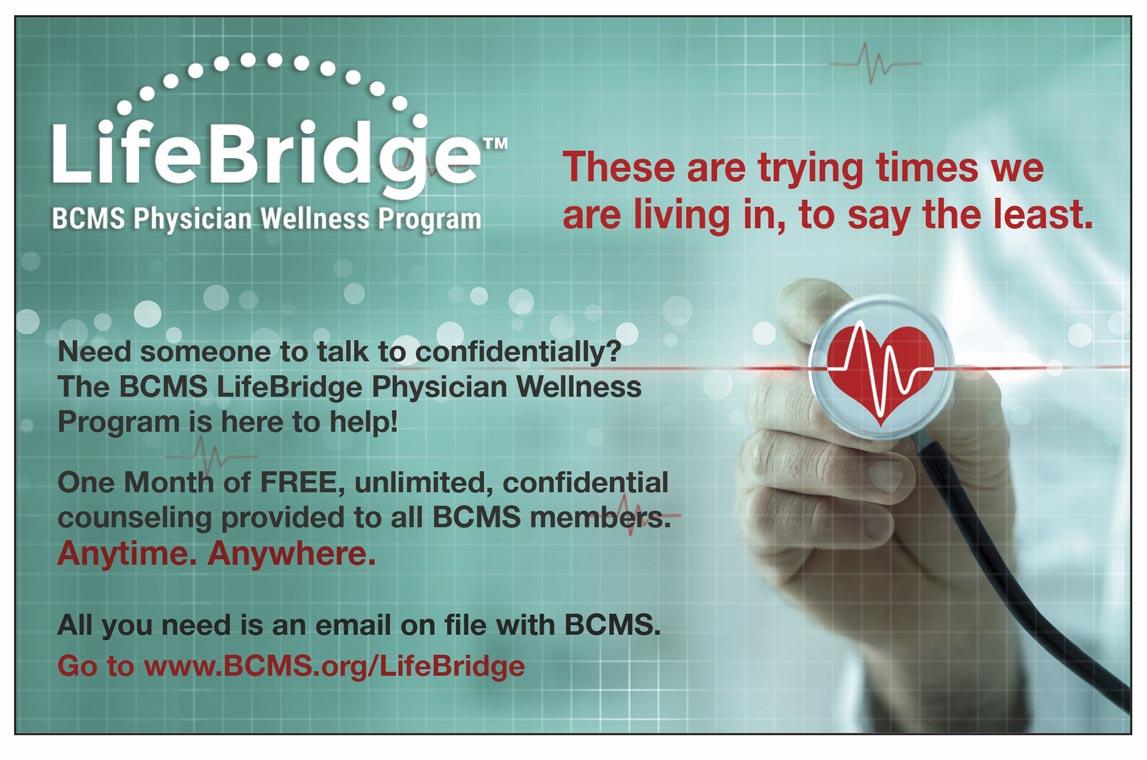
4 minute read
Burnout By Sowjanya Mohan, MD
How Hospital Staff Shortages Contribute to Physician Burnout
By Sowjanya Mohan, MD
Advertisement
As we slowly emerge from the challenges the pandemic brought to heath care, one of the continuing struggles our hospitals are facing across the country is staffing. Nursing and physician shortages were already an issue before the pandemic. COVID has exacerbated the situation, resulting in physician burnout and affecting not only how we provide care but also the patient experience while within our care.
A look at recent data warns of the increasing stress this is putting on our communities and care providers. According to physician staffing company CHG Healthcare, 43% of physicians changed jobs during the years of the pandemic, most to find work-life balance and avoid burnout, with 8% retiring and 3% moving into non-medical careers. Data published in 2020 by the Association of American Medical Colleges estimates that the U.S. could see a shortage of 54,100 to 139,000 physicians by 2033 in both primary and specialty care fields. Time Magazine profiled the extent of the healthcare shortage in a July article noting several studies on the issue including a March 2021 survey conducted by Merritt Hawkins for the Physicians Foundation, which reported that 38% of physicians said they would like to retire in the next year.
The reasons are of course many, and the consequences far reaching. To begin with, the pipeline that feeds our physician population is pinched from the start. There are not enough Graduate Medical Education spots for internships, residencies and training. To help address the problem, in 2021 congress introduced the bipartisan Resident Physician Shortage Reduction Act of 2021 (S. 834/H.R. 2256) to help open more spots for residency training.
Cost is another barrier for many. The Association of American Medical Colleges reports that in 2021-2022, the average yearly cost for first year medical students is approximately $51,433 (without living expenses), extrapolated to $205,734 for a four-year medical degree, in addition to undergraduate education costs. Many young physicians entering practice are under significant stress to pay student loans as well as establish practices and start their post education lives.
Hospital staffing issues have an impact as well. As hospitals work to overcome shortages in clinical staffing, physicians often become a buffer, still having to provide optimal patient care, being responsible for outcomes and being the “face” of the organization to the patients and families. Yet, they have little control over staffing levels or utilization of resources within an organization. Physicians want to feel valued by the organization and administrative partners, not just a replaceable cog on a wheel. They want to work in a setting where they can take good care of their patients, have time to engage the staff they work with, and still have time to spend time with their families and enjoy hobbies and interests outside of work. New and temp staffing for ancillary roles make it harder to form a team mentality when working in the clinical setting. That lack of a sense of community can also lead to stress and burnout.
Pandemic pressures in hospital care changed how many physicians practice medicine. Physicians took locums opportunities during the pandemic because of the higher pay and flexibility of schedules, which added to the cycle of shortages within practices and additional stress for full-time physicians. The advent and increase in Telehealth have allowed providers to work remotely, creating a barrier to recruitment in a number of hospital specialties.
Repercussions from physician burnout can include poor access to care, longer wait times and delayed care. This becomes especially pertinent in our primary-care network. A 2021 report by the Kaiser Family Foundation found that more than 83 million people in the United States live in a designated primary-care health professional shortage area (HPSA), and more than 14,800 practitioners are needed to remove the HPSA designation. This primary care shortage can result in patients delaying their care until they are in crisis, resulting in a stressed Emergency Department with a domino effect in other areas of the hospital.
Is there a solution to physician shortages and burnout? It is evident that a multipronged approach is needed, starting with changes to how we educate our future physicians, providing more opportunities and less expensive options. We must be more flexible in how physicians practice in the hospital, offering incentives that incorporate lifestyle balance for physicians for whom this is a priority. Giving physicians a voice in operations, and increased recruitment initiatives for all staffing needs in our hospitals are also potential solutions that could help to address shortages and burnout. In the meantime, hospitals will have to make difficult decisions on what services they can offer depending on physician availability. Flexibility, the willingness to adapt and change how we deliver care and ultimately continued dedication to our patients, can and will overcome any challenge we are faced with. Our physicians have persevered through one of the greatest healthcare challenges of our time. The COVID pandemic has made us stronger as a profession and we continue to advocate for improvements in the care for our patients and for each other as colleagues with the help of organizations like the Bexar County Medical Society.
Thank you to all our physicians for all you do every day to advocate for patients, staff and our communities.
Sowjanya Mohan, MD is the Chief Medical Officer at Baptist Health System. She is a member of Bexar County Medical Society.











